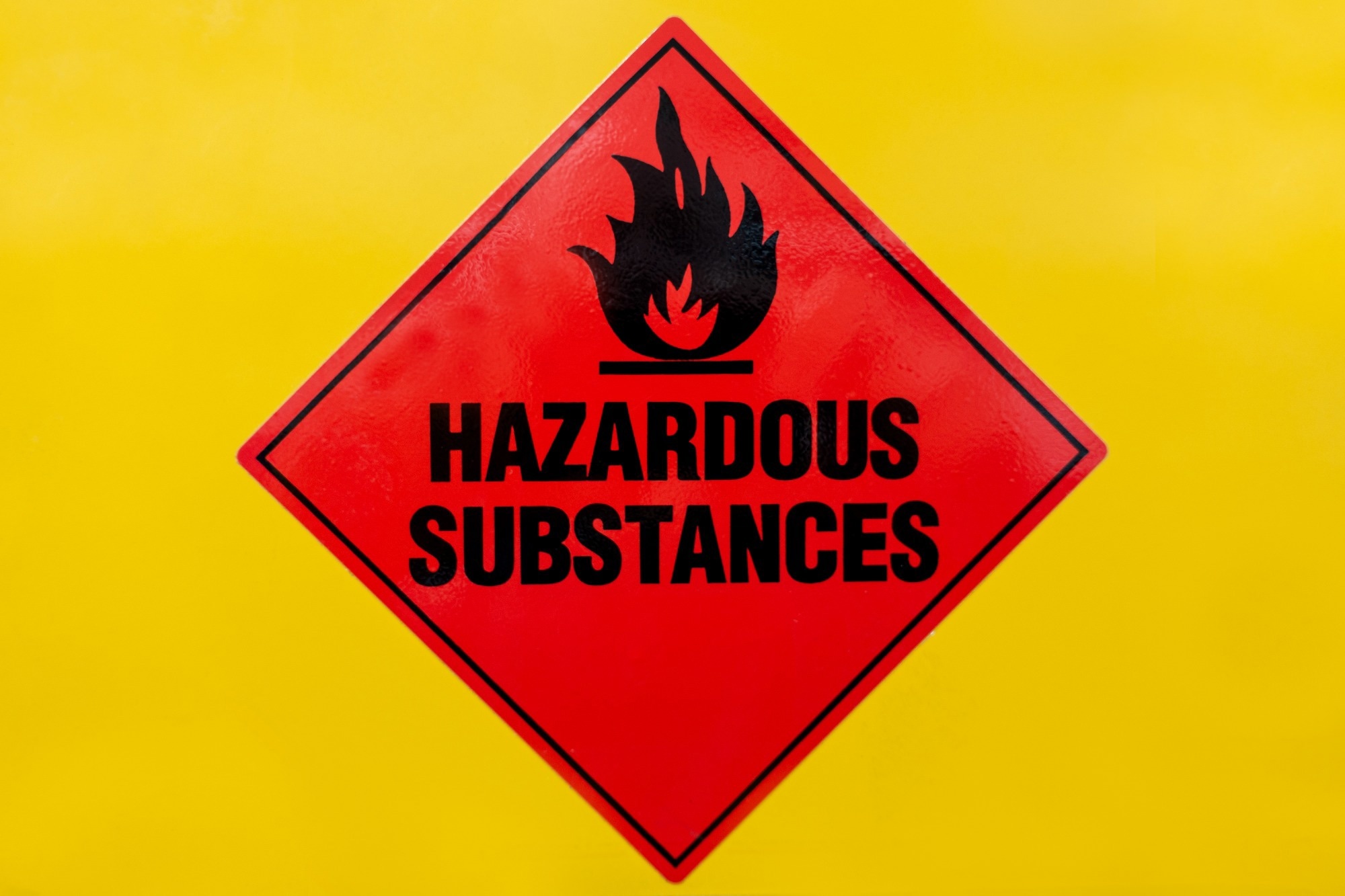A new call to action: protecting the youngest among us by transforming chemical regulations and reducing toxic exposures to create a safer, healthier future for all.
 Manufactured Chemicals and Children’s Health — The Need for New Law. Image Credit: J R Price / Shutterstock
Manufactured Chemicals and Children’s Health — The Need for New Law. Image Credit: J R Price / Shutterstock
In a perspective piece in The New England Journal of Medicine, medical experts from the Consortium for Children’s Environmental Health called for stronger regulation to protect children from the dangers of manufactured chemicals. Highlighting the role of synthetic chemicals in the development of noncommunicable disease (NCD), they note that current laws must be fundamentally restructured and that the chemical industry must prioritize children’s health.
Synthetic chemicals linked to NCDs
Over the past 50 years, NCDs in children have significantly increased, with a 35% rise in childhood cancers, a doubling of male reproductive congenital disabilities, and a quadrupling of pediatric obesity. Conditions like asthma, type 2 diabetes, and neurodevelopmental disorders have also surged. In contrast, adult NCD rates, such as cardiovascular disease and certain cancers, have decreased, highlighting the disproportionate burden on children.
Research links many pediatric NCDs to synthetic chemicals, highlighted by cases like the thalidomide tragedy, Minamata disease, and diethylstilbestrol (DES) exposure. These cases, which collectively affected tens of thousands of children globally, revealed the long-term consequences of toxic exposures during pregnancy. These incidents demonstrated that toxic chemicals could cross the placenta, making children more vulnerable than adults. This led to the development of environmental pediatrics, focusing on children’s environmental health.
Key advancements, such as the 1993 National Research Council report and the 1996 Food Quality Protection Act, have driven research in this field. Studies show that even low-level chemical exposure during critical developmental periods can cause long-term health issues, including reduced intelligence quotient (IQ) scores, neurodevelopmental delays, and increased risks for chronic diseases. For example, low-level lead exposure during childhood is estimated to have reduced the average IQ of U.S. children by 2 to 5 points, resulting in substantial societal and economic costs.
Epidemiological studies are crucial in linking chemical exposures to health outcomes. They have found connections between prenatal exposure to substances like lead, phthalates, and per- and poly-fluoroalkyl substances (PFAS) with various disorders and reduced cognitive function. Reducing toxic chemical exposure, as seen with the removal of lead from gasoline, has led to significant health and economic benefits, highlighting the importance of minimizing children’s exposure to harmful chemicals. The removal of lead from gasoline alone has been associated with a cumulative economic benefit exceeding $8 trillion in the United States since 1980.
Failures of chemical laws
The United States Toxic Substances Control Act (TSCA) of 1977 was intended to reduce exposure to chemical risks and protect public health, but it has largely failed to effectively empower the Environmental Protection Agency (EPA).
TSCA allows chemical manufacturers to produce new chemicals without premarketing toxicity tests or long-term safety monitoring, assuming chemicals are safe unless proven otherwise. Thus, the burden is on the EPA to identify hazards, assess risks, and provide justification for regulations, leading to minimal restrictions on harmful chemicals. Fewer than 20% of manufactured chemicals have been tested for toxicity, and even fewer have undergone evaluations specifically addressing risks to infants and children.
Despite recognizing risks, few chemicals have been banned in the United States over the past 50 years. The government also provides subsidies and protections for trade secrets, allowing manufacturers to withhold crucial information about chemical safety and composition. This lack of transparency further complicates efforts to ensure safety and holds taxpayers accountable for the consequences.
In contrast, the European Union’s Registration, Evaluation, Authorization, and Restriction of Chemicals (REACH) policy demands some screening and evidence-based safety analysis before products enter the market. However, REACH also depends heavily on industry-provided data, includes numerous exemptions, and imposes significant proof burdens on regulators. As a result, no more than 73 chemicals and chemical groups have been banned or restricted, reflecting limited impact.
Both American and European policies fail to address the cumulative effects of chemical mixtures and often overlook children’s unique vulnerabilities. With minimal regulatory hurdles and strong legal protections, the chemical industry thrives, contributing significantly to global manufacturing and the American economy. Currently, the chemical industry accounts for approximately 25% of the U.S. gross domestic product.
Recommendations for the future
A precautionary approach is needed to protect children’s health from synthetic chemicals, prioritizing safety over unchecked chemical production. Current assumptions that chemicals are harmless should be replaced by independent and rigorous testing proving safety before market entry. Manufacturers should also conduct post-market surveillance, particularly focusing on long-term effects on children.
This approach aligns with pharmaceutical laws and international rights to a healthy and clean environment. Additionally, adopting a comprehensive global treaty under the United Nations could provide a unified framework to address chemical pollution. Domestic chemical policies should require thorough approval processes for all chemicals, similar to those for drugs, ensuring independent, conflict-free testing. Testing must include advanced toxicology studies, particularly on endocrine disruption, and long-term follow-ups of exposure during early life.
Globally, a binding chemicals treaty under the United Nations could address chemical pollution. The proposed treaty would require a science-policy body modeled after the Intergovernmental Panel on Climate Change to provide independent expert guidance and ensure that regulatory measures are informed by the latest research. Manufacturers’ reporting on chemical footprints can help identify and reduce chemical hazards, making risks transparent for investors. Governments and shareholder resolutions could mandate this practice.
Conclusions
Ultimately, the chemical industry must shift from a fossil-carbon-based model to one focused on sustainable practices. This includes replacing rigid, outdated infrastructure with innovative, flexible systems designed to prioritize safety and sustainability. The industry’s business model and structure should be fundamentally transformed. This includes safer molecule development, reduced fossil energy reliance, and innovative product designs.
Unchecked chemical production poses significant risks to planetary health, children, and humanity. To protect our planet and future generations, urgent legal and industry reforms akin to global clean energy transitions are required. The Consortium calls for immediate action on these critical issues, noting that inaction is not an option.




